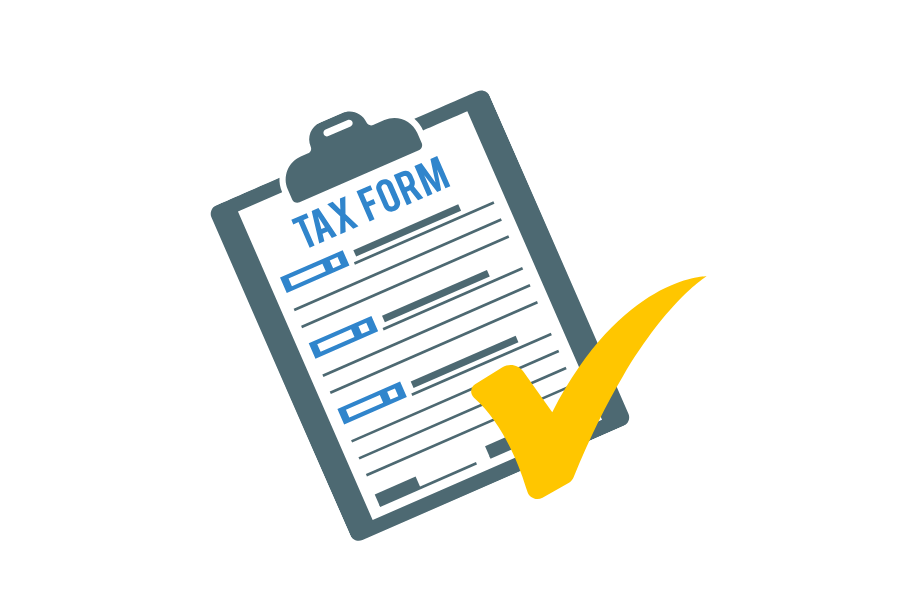Inventory Accounting Basics: Tips for US Online Sellers
Managing inventory isn’t just about knowing what’s in your stockroom—it’s about understanding how it impacts your business’s finances. For US online sellers, effective inventory management plays a critical role in accurate bookkeeping, tax filing, and overall business performance. Whether you’re a small business or growing brand, these inventory tips help ensure you stay compliant and financially organized.
This guide aligns with accounting services standards used by many professionals to help US online sellers run smoother operations.
1. Understand Why Inventory Accounting Matters
Inventory is one of your most important assets. Tracking it correctly impacts:
-
Cost of Goods Sold (COGS) — directly linked to how much profit you’re really making
-
Profit margins — to help you assess what’s working and what’s not
-
Cash flow — to avoid overstocking or under-ordering
Inventory accounting is a foundational part of any reliable accounting system. Even minor mistakes here can result in inaccurate reports and tax filings.
2. Stick to One Inventory Valuation Method
Select a method that matches your business needs and use it consistently:
-
FIFO (First-In, First-Out) – Ideal for fast-moving items
-
LIFO (Last-In, First-Out) – Used less often; applicable for certain industries
-
Weighted Average Cost – Smooths cost variations across multiple purchases
This consistency ensures alignment across your financial statements and tax documentation.
3. Track Inventory Changes Daily
Inventory should never be static. Set up systems to track:
-
Daily updates between sales and inventory levels
-
Cycle counts instead of once-a-year full counts
-
Reconciliations between actual stock and what’s recorded
These habits help prevent accounting errors and ensure accurate monthly and year-end reports.
4. Include Landed Costs in Your Calculations
The cost of your product isn’t just its purchase price. Consider these when calculating inventory value:
-
Shipping
-
Import duties
-
Packaging
-
Payment platform fees
Factoring these into inventory valuation gives a clearer picture of your profit margins and helps when claiming business expenses during tax season.
✅ Counto’s all-inclusive accounting plans for online sellers feature multicurrency support, unlimited transactions, GST submissions, and tax filing—with no hidden fees. Benefit from a dedicated team of experts, including a bookkeeper, Chartered Accountant, and tax specialist. Optimise your e-commerce finances today.
5. Properly Record Returns, Discounts, and Promotions
Returned products, promotional giveaways, and price changes all impact your inventory:
-
Returns must be restocked or written off accurately
-
Discounted items need adjusted cost tracking
-
Bundles or freebies must be recorded separately
Adjusting your records in real-time avoids distortions in revenue, COGS, and inventory value.
6. Monitor Inventory for Bundled Products
If you sell bundles or kits, track the individual components—not just the bundled SKU. This allows:
-
More accurate COGS breakdowns
-
Better margin tracking per item
-
More precise restocking
7. Stay Organized with Receipts and Documents
Digital recordkeeping is essential. Categorize documents by vendor, date, and product. Good documentation:
-
Makes audits easier
-
Supports deduction claims
-
Saves time during tax season
8. Watch for Tax Nexus from Inventory Storage
Note: If you store inventory in warehouses or fulfillment centers across different states, you may create sales tax nexus in those locations. That means:
-
You may need to register in multiple states
-
You must file the correct returns
-
You should track inventory storage locations
Refer to your state’s Department of Revenue to understand your responsibilities.
9. Reconcile Inventory Monthly
Don’t wait until year-end. Perform monthly checks between:
-
Inventory reports
-
Sales data
-
COGS
These quick audits help catch errors early, protect your margins, and give a better sense of how your products are performing.
10. Use Integrated Inventory Accounting Tools
Choose tools that let you:
-
Sync inventory with your sales
-
Automatically update your records
-
Provide reports for your accountant
Automation minimizes manual entry and helps keep your books tax-ready year-round.
Summary
Effective inventory accounting is vital for US online sellers who want to stay organized, profitable, and tax compliant. By tracking landed costs, monitoring bundled items, and reconciling inventory regularly, sellers reduce financial risks and make better business decisions. With the support of professional accounting services, you can confidently manage your inventory and stay on top of tax responsibilities.
Experience the Counto advantage
Counto is the trusted outsourced provider of accounting, tax preparation and CFO services for SMEs and ecommerce businesses. Get accounting plans that combine bookkeeping with corporate tax filing to help you stay compliant at an affordable price. To learn more, speak to us directly on our chatbot, email [email protected], or use our contact form. to get started.







